
© NOAANOAA's GOES East satellite snapped this image of Hurricane Sandy at 10:45 a.m. EDT (1445 UTC) on Oct. 24, 2012, as it was headed for landfall on Jamaica.
Before the beginning of this hurricane season, back in May, forecasters thought this year would be an average one. Come August, when the season typically peaks, forecasters notched up their outlook, saying the season would in fact be busier than average.
Now it's October and it's been one of the busiest seasons on record, with 19 named storms so far this year, 10 of which became hurricanes, including
Hurricane Sandy, which has the potential to strike the East Coast.
That puts the 2012 Atlantic hurricane season in rarified company. Only seven seasons since 1851 (as far back as hurricane records reach) have seen 19 or more named storms. Three of these have been within the last decade: the 2010 and 2011 seasons had 19 storms each and the 2005 season had a whopping 28 storms, the most on record, including Hurricane Katrina.Originally the National Oceanic and Atmospheric Administration predicted there would be nine to 15 named storms this year. Then, in August, it upped its prediction to 12 to 17 named storms, with five to eight of those becoming hurricanes. (Storms are named once they attain tropical storm status - defined as a rotating, organized storm with maximum sustained winds of at least 39 mph (63 kph). A tropical storm becomes a hurricane once its top winds hit at least 74 mph (119 kph).
It's relatively
unusual to have more storms than forecast, said Gerry Bell, the lead hurricane season forecaster at NOAA's Climate Prediction Center. So why has this hurricane season been busier than expected?
The underestimate can be blamed on El Niño, Bell told OurAmazingPlanet. Or rather, the lack of
El Niño. Forecasters predicted that this climate pattern, characterized by warm surface temperatures in the Pacific Ocean, would have developed by now and stymied hurricane formation by its influence on the atmosphere. But it hasn't.
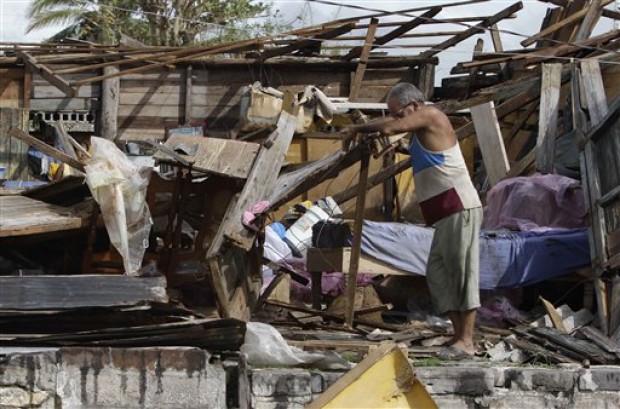
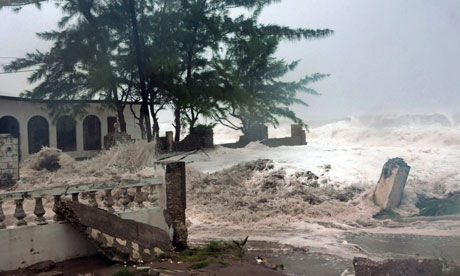
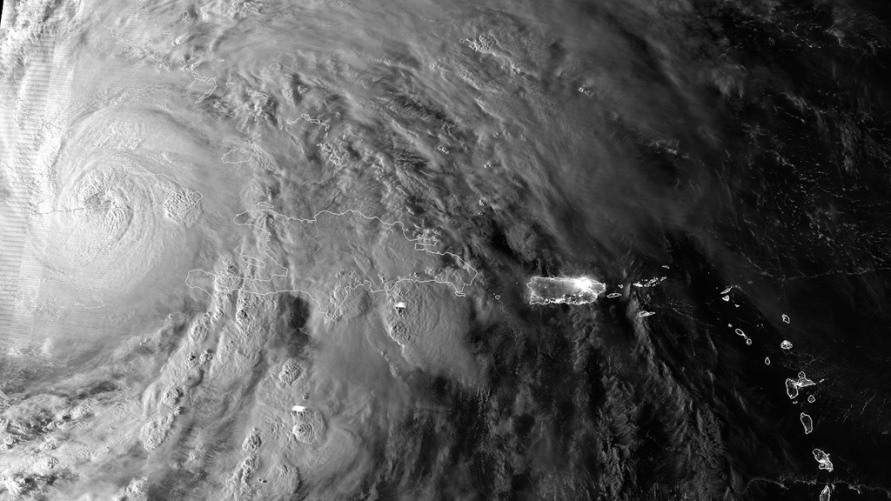
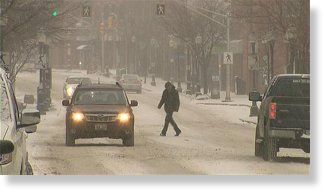
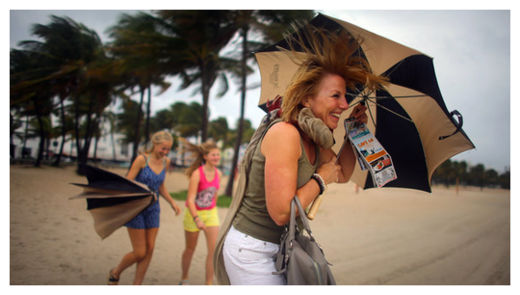
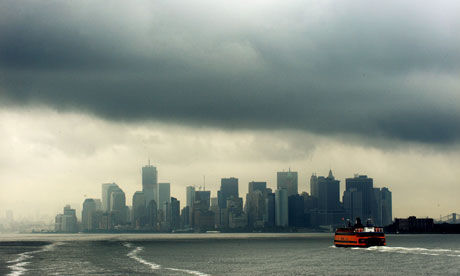

Comment: Eleven deaths is a significant death toll for Cuba considering they have one of the world's best hurricane preparedness programs. Not including Hurricane Sandy, they've lost 35 people in hurricanes since 2001 despite consistently being in the the center of these storms. Perhaps they got caught by surprise. Time will tell if this foreshadows how the storm is received by many in the east coast. The storm is set to collide with an early winter storm coming from the west and an arctic blast coming from the north. So, make sure you all are prepared!